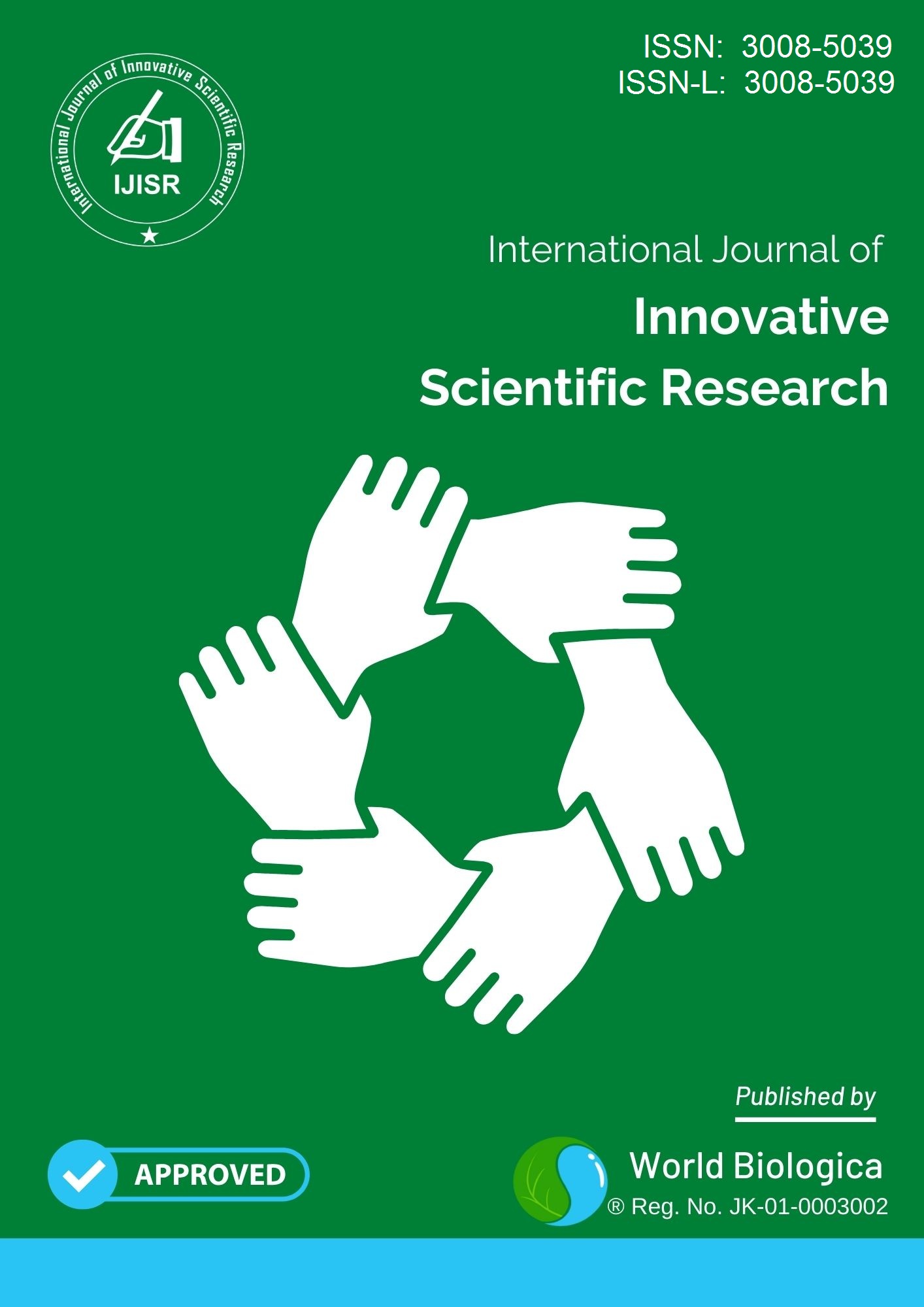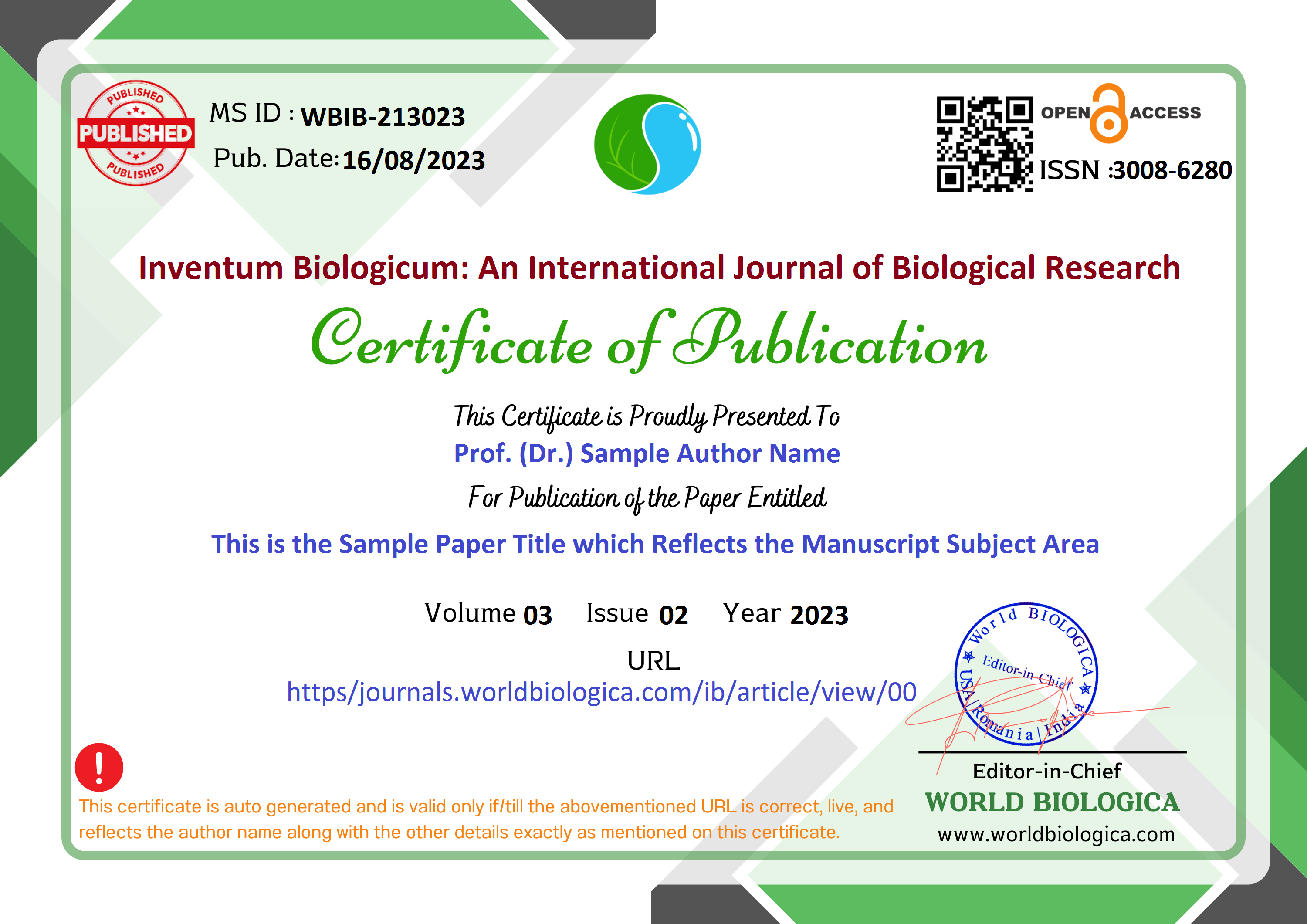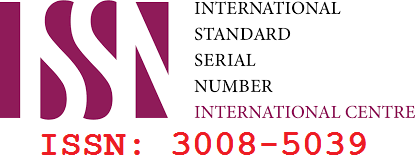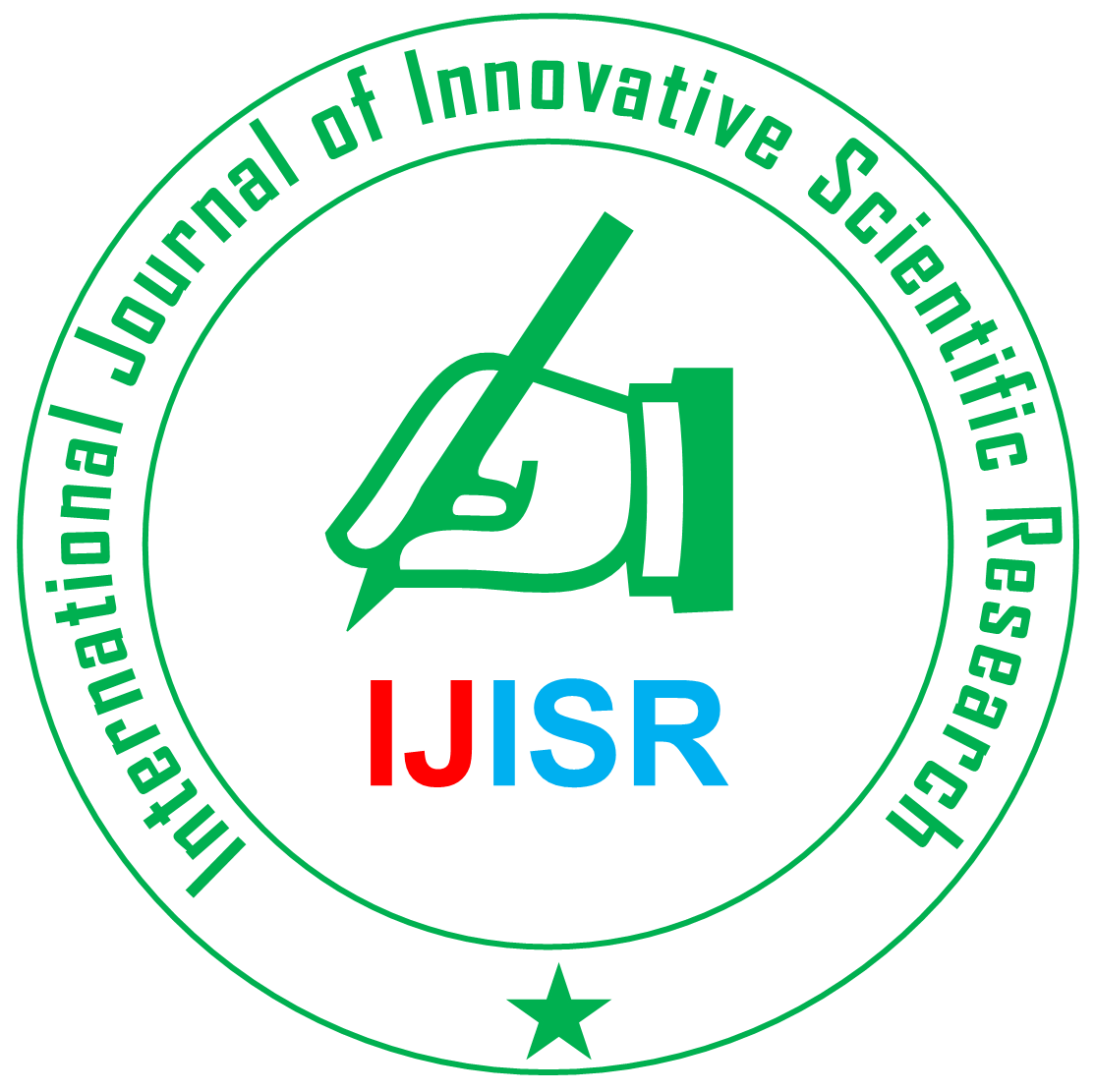Ethnobotanical Insights of Edible Wetland Plants from Northern Parts of Gadchiroli District, Maharashtra, India
Mots-clés :
Ethnobotany, Edible wetland plants, Gadchiroli districtRésumé
The present study deals with the exploration, identification, documentation and ethnobotanical aspects with respect to food value of wild edible wetland plants consumed by aboriginal’s peoples from Northern Parts of Gadchiroli District of Maharashtra State India.
An ethnobotanical survey of edible wetland plants of Northern Parts of Gadchiroli District were conducted during August 2023 to July 2024 through market & field surveys, personal interviews and group discussions with the indigenous communities, a total of 24 edible wetland species of 21 families were identified and documented.
Edible wetland plant products are a nutritionally rich source of vitamins, minerals & proteins but on the other side these wetland edibles decline at alarming rate due to habitat destruction and overexploitation.
This research underscores the potential of edible wetland flora as an untapped resource for food security and wetland biodiversity conservation. By integrating these wetland species into broader nutritional strategies, there is an opportunity to enhance the resilience of local food systems while safeguarding the ecological heritage of the region.
Téléchargements
Références
Dikshit, S., Patil, P., & Chavan, N. (2013). Nutritional evaluation of Ipomoea aquatica: A green leafy vegetable. Journal of Ethnopharmacology, 45(3), 456-461.
Gupta, R., Sharma, P., & Singh, V. (2018). Bioactive compounds in Nelumbo nucifera seeds: A review. Asian Pacific Journal of Tropical Medicine, 9(5), 101-108.
Mishra, A., Singh, M., & Patil, S. (2012). Traditional uses of Nelumbo nucifera in Maharashtra. Indian Journal of Traditional Knowledge, 11(2), 365-367.
Patil, K., Shinde, R., & Kulkarni, P. (2016). Typha angustifolia: A potential food source in wetland regions. International Journal of Biodiversity Studies, 28(7), 234-238.
Rao, V., Jain, D., & Patkar, M. (2015). Ethnobotanical importance of Nymphaea nouchali in India. Journal of Botanical Research, 53(4), 77-80.
Singh, A., Kumar, J., & Rao, S. (2011). Nutritional profile of Euryale ferox seeds. Plant Foods for Human Nutrition, 66(1), 20-25.
Verma, R., Singh, T., & Gupta, N. (2014). Ipomoea aquatica: Phytochemistry and pharmacological applications. Phytotherapy Research, 28(5), 732-738.
Téléchargements
-
Download PDF (Anglais)
 Résumé Views: 171,
Résumé Views: 171,  Download PDF (Anglais): 96
Download PDF (Anglais): 96
Publiée
Numéro
Rubrique
Licence
(c) Copyright International Journal of Innovative Scientific Research 2025

Ce travail est disponible sous licence Creative Commons Attribution - Partage dans les Mêmes Conditions 4.0 International.

















